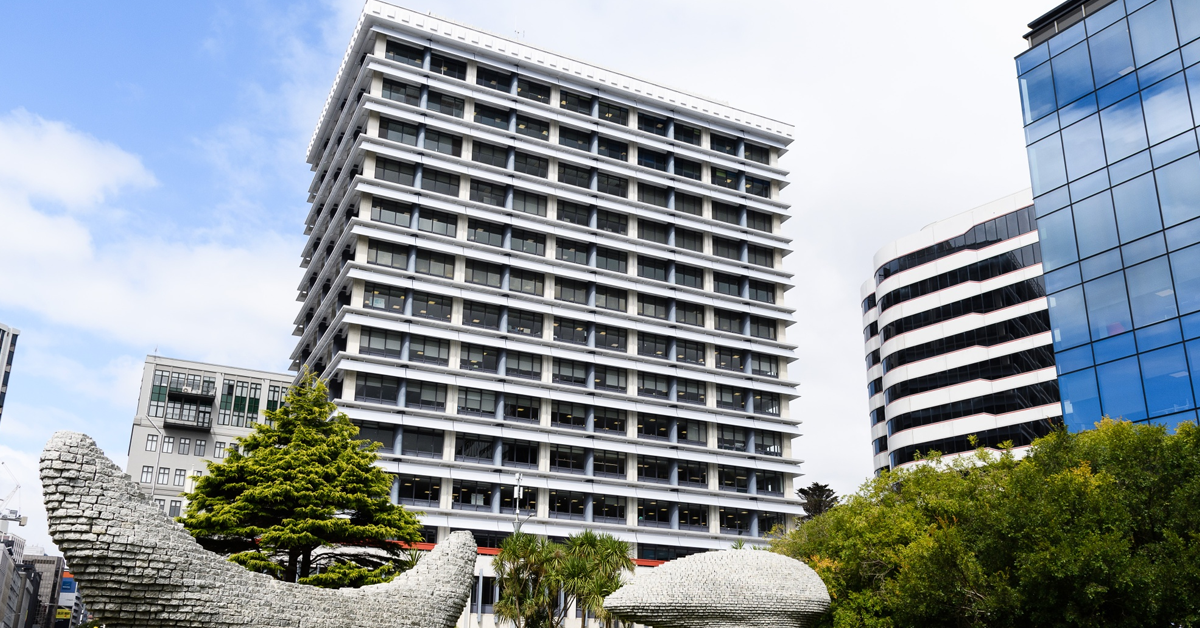RBNZ Expected to Maintain Steady Rates Amid Financial Instability Next Week
The Reserve Bank of New Zealand (RBNZ) faces a pivotal decision at its upcoming policy meeting on Wednesday, where it’s widely anticipated that they will maintain the current interest rate. With the official cash rate expected to stay at 5.5%, experts predict the RBNZ might offer a dovish perspective on future economic outlooks.
The central bank, at this juncture, finds itself grappling with the challenge of managing persistent inflation in an environment marked by escalating financial stress. According to Nick Guesnon, an economist at UBS, the RBNZ is navigating a complex policy dilemma, balancing domestic inflation concerns against growing signs of financial strain. Guesnon indicates that the peak of interest rate hikes has likely passed, but the bank faces tough choices ahead.
An important factor influencing the RBNZ’s decisions is the recent data on non-performing loans (NPLs), particularly in sectors like commercial property and agriculture that carry high debt levels. The NPL ratio for commercial properties surged to 1.2% in February, marking the highest rate since 2015. Although this figure is below the peak of 4.2% experienced in 2011, the rapid increase from just 0.2% in July last year is a cause for concern. Guesnon suggests that if this trend persists, commercial property NPLs could reach a new high in approximately 18 months.
Agricultural NPLs have also shown an upward trend, reaching 1.7% in February, the highest since 2021. In contrast, housing NPL ratios stabilized at 0.5% in February, equaling the highest rate since 2013, but still significantly lower than the 1.2% peak during the global financial crisis. Guesnon notes less concern regarding mortgage stress, as home prices are trending upwards and job growth remains positive.
The rising arrears, however, are seen as potentially more problematic than the issue of stagnant economic growth. They could quickly trigger a negative feedback loop in the economy, particularly affecting the job market, a situation difficult to mitigate merely through interest rate reductions.
UBS maintains its stance that the RBNZ will likely wait until November to lower interest rates, but it closely watches these trends for any potential shifts in the central bank’s approach. Guesnon mentions that an earlier rate cut is not out of the question, with July, August, and October 2024 being potential candidates, with the August meeting being the most probable for an earlier adjustment. This analysis of the RBNZ’s policy and economic outlook underlines the delicate balance the central bank must strike in navigating the current financial landscape.

.webp)




